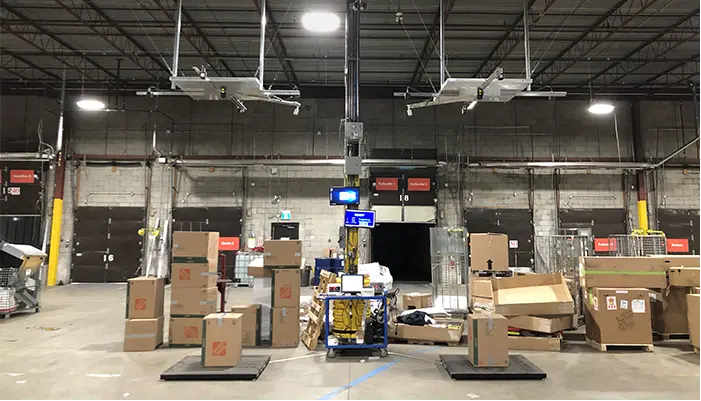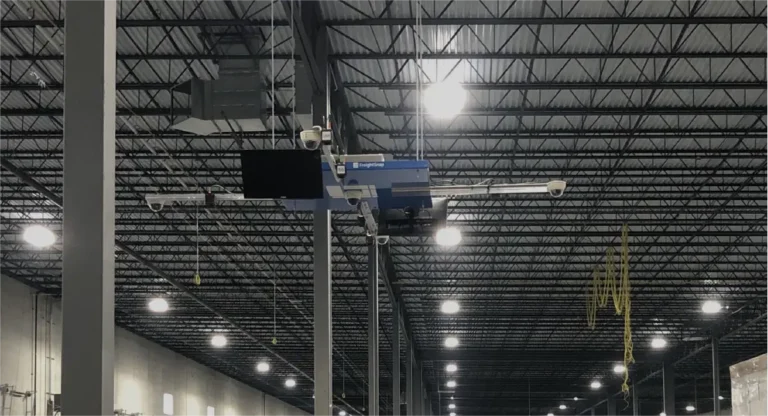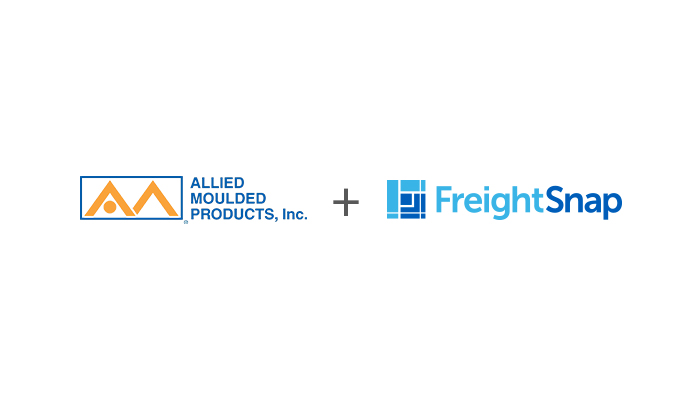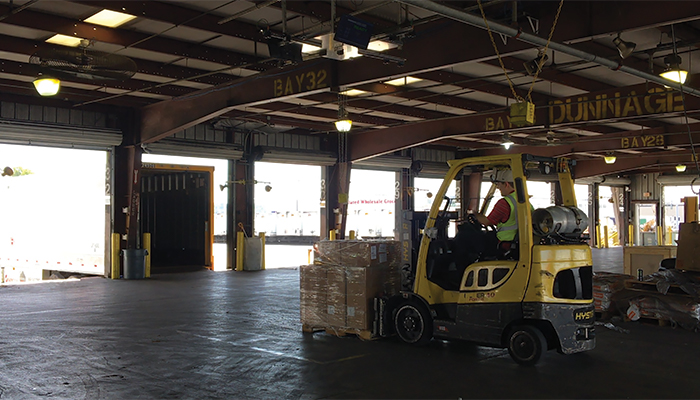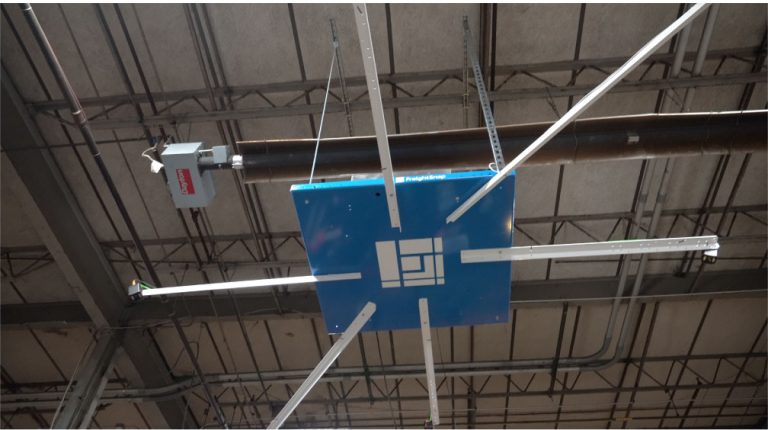If you’ve ever shipped anything through a less-than-truckload carrier, you’ve undoubtedly encountered the term “freight class.” And if you’re like a lot of shippers, you might only have a partial understanding about what freight class actually is.
To help clear up the picture, we’re going to explain freight class, show you how you can find it for goods you’re shipping, and tell you why it’s important — not only for you, but for the transportation industry as a whole. Knowing your freight class before you ship goods can make dealing with carriers and 3PLs who require the information that much easier.
What is freight class?
According to the National Motor Freight Traffic Association (NMFTA), the organization that created the Standard for Freight Identification and Classification, freight class is essentially a grading system that groups commodities into one of 18 different freight classes ranging from 50 to 500. The lower the class, the cheaper the freight will be to ship.
How are classes determined?
To figure out which class commodities belong to, they’re evaluated based on four transportation characteristics: density, stow-ability, handling and liability.
Density is calculated by dividing the weight of the item in pounds by its volume, which is measured in cubic feet. For example, a dumbbell is much more dense than a large box of tissue paper.
Stow-ability refers to the ease with which a commodity can be stored in a shipping container. While things like boxes or refrigerators stow well due to their shape and the fact that they can be stacked neatly, items with irregular protrusions are more difficult to stow. Additionally, hazardous materials must be transported according to regulations and often cannot be stored with other freight.
Handling is determined based upon the ease with which an item can be managed or “handled” when being moved or loaded onto a truck. If you can put it on a pallet and move it with a forklift, then it’s easy to handle. If you need special equipment due an item’s size, weight, shape, hazardous properties or fragility, then it’s considered more difficult.
Liability refers to the probability that freight might be stolen or damaged during transit. Perishable, combustable and explosive items have a higher liability and are given a value per pound, which is a fraction of the carriers liability. If classified by liability, the density of an item is also considered.
When taken together, these four characteristics determine a commodity’s “transportability,” and are assigned to the appropriate freight class.
Currently, many carriers and 3PLs offer online freight class calculators, which can help you quickly and easily estimate the class of freight you’re trying to ship. While often accurate, remember that these calculators only offer estimates. There’s alway a possibility of freight being reclassified by a carrier if the estimate turns out to be inaccurate.
Why is freight class important?
Ultimately, freight class has an impact on the overall cost of shipping goods. As the class number increases, so too will the cost to ship. Higher density items like bricks or a bag of cement will have a lower freight class, and thus be less expensive to ship. Lower density items, such as a box full of ping-pong balls, will be more expensive.
Ultimately, freight classes ensure that all carriers, warehouses and brokers are using a standardized method to determine the tariffs on each piece of freight. That tariff cost, or class, is then passed on to the customer and contributes to the overall cost to transport an item.
Still have questions?
Check out NMFTA.org, and learn more about freight class straight from the source.
For more articles like this, subscribe to our newsletter!
Was this article helpful?
Michael Eichenberg is the co-founder and CEO of FreightSnap, allowing the supply chain, logistics, manufacturing, distribution and transportation industries to measure, weigh, photograph and ID pallets and parcels in just seconds. Learn more and share your ideas on Facebook and LinkedIn.


